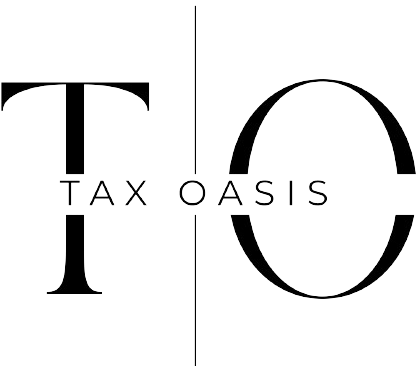The Australian Taxation Office (ATO) is intensifying its efforts to ensure landlords comply with their tax obligations. By leveraging data-matching techniques and reviewing rental bond data, the ATO aims to identify and rectify instances of underreported income, incorrect deductions, and capital gains tax (CGT) miscalculations. Here’s what landlords need to know and how they can stay compliant.
ATO’s Rental Data-Matching Program
The ATO has significantly expanded its data-matching efforts, obtaining property management records from software providers and rental bond data from state and territory regulators. This program, which began in May 2021, now covers over 2.3 million landlords. The goal is to detect taxpayers who fail to lodge rental property schedules or report their rental income and deductions correctly.
By collecting rental bond transaction data – including lease details, bond amounts, and rent payments – the ATO can more accurately assess whether landlords are reporting their rental income and expenses correctly. This initiative extends to non-resident landlords, ensuring compliance with foreign investment approvals, property use regulations, and vacancy fees.
Common Audit Issues for Landlords
The ATO has identified several common areas where landlords may fall short of their tax obligations:
1. Repairs vs. Capital Improvements
One of the most common misunderstandings among landlords is the distinction between repairs and capital improvements. Repairs that restore the property to its original condition (e.g., fixing a broken window) are immediately deductible. However, improvements that enhance the property’s value (e.g., installing a new kitchen) must be depreciated over time.
Example: If you replace a damaged fence panel, this counts as a repair and is deductible in the year the cost is incurred. If you replace the entire fence with a more expensive material, it is classified as an improvement and must be depreciated.
2. Withholding Rental Bond Deductions
If part of a rental bond is retained due to tenant-caused damage, landlords must declare this amount as assessable income. However, the cost of repairs related to this damage can generally be deducted.
Example: If a tenant’s bond is withheld for $1,000 in damages, this amount must be reported as rental income. If the repairs cost $900, the landlord can claim a deduction for that amount.
3. Deductibility of Loan Interest
Interest on loans used to purchase an income-generating rental property is deductible. However, if the borrowed funds are used for personal expenses—such as paying off a mortgage on a primary residence or funding a holiday—the interest is not deductible.
Example: If you refinance your investment property loan and withdraw an extra $50,000 for personal use, the interest on that portion of the loan is not deductible.
4. Renting Out Holiday Homes and Claiming Expenses
Expenses for a holiday home can only be claimed if the property is genuinely available for rent. If the property is used personally or rented at below-market rates to friends or family, deductions must be adjusted accordingly.
Example: If you list a beach house for rent but only make it available for a few weeks a year and use it personally for the rest of the time, you can only claim expenses proportional to the period it was genuinely available for rental.

5. Capital Gains Tax on Inherited Properties
When selling an inherited property, various CGT implications arise, particularly if the property was used as a rental. Special exemptions may apply depending on how long the deceased owned the property and how it was used.
Example: If an inherited property was rented out before being sold, CGT will likely apply unless an exemption – such as the six-year rule – is applicable.
What This Means for Landlords
The ATO’s increased scrutiny means landlords should be diligent in record-keeping and ensure their tax returns accurately reflect their rental income and deductions. Failing to comply could result in penalties, audits, or reassessments.
To stay on the right side of the ATO:
- Keep thorough records of rental income, expenses, and repairs.
- Ensure property expenses are correctly categorized.
- Accurately report bond retentions as income when applicable.
- Seek professional advice on complex tax issues, such as CGT on inherited properties.
Need Expert Tax Guidance?
Navigating tax compliance as a landlord can be complex, and the risk of unintentional errors is high. At Tax Oasis, we specialize in helping landlords stay compliant and maximize their tax benefits. Contact us today for tailored advice on rental property taxation and ensure you’re meeting all ATO requirements.

